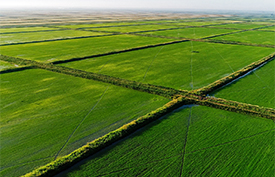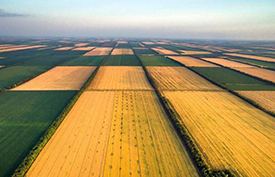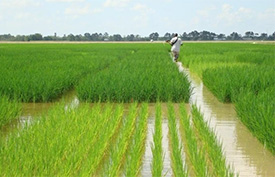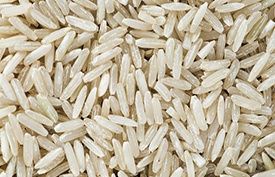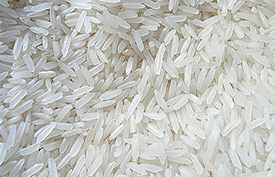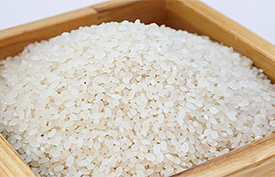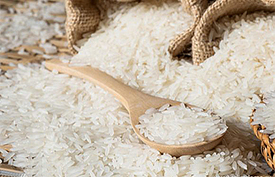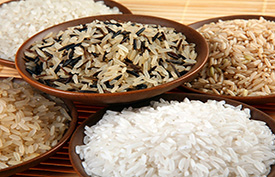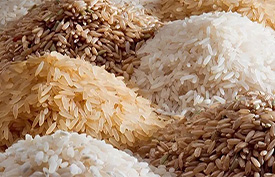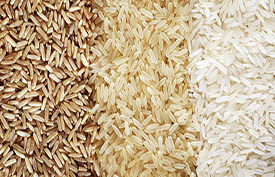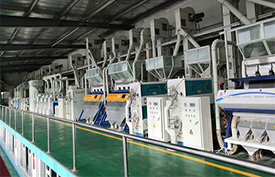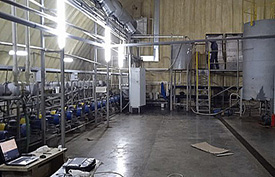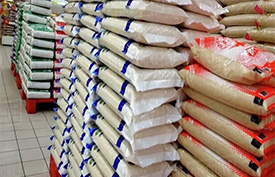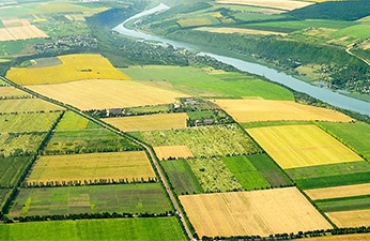Rice Processing Plant
- Agriculture
- Our Elevators
- Our Certificates
- Our Diplomas
- Organic certification
- European Certification
- Halal Certification
- Wheat - Wheat flour - Mills
- Buckwheat - Buckwheat flour
- Linen Seeds
- Corn – Сorn flour
- Oats – Oat flour
- Rye – Rye flour
- Barley – Barley flour
- Sunflower seed
- Chickpeas, Peas – Pea flour
- Beans
- Soybean seeds
- Pumpkin seeds
- Rape seeds
- Sugar beet pulp
- Beer pellets
- Meal for animal feed
- Production plant L-lysine, Gluten, Alcohol, DDGS, CO2
- Sugar Factory
- Oil Extraction Factory
- Rice Processing Plant
- Milk Powder Production Plant
- Meat Processing Plants
- Fruit Storages
- Bioproducts Plant
- Malt plant
- Cheese production plant
- Aquaculture feed production plant
- Cold Storage and Meat Processing Plants
- Cattle - meat beef
- Pig breed - Pork meat
- Sheep breeds - lamb meat
- Poultry meat
- Chicken egg
- Quail
- African chicken, cisar hen
- Geese meat
- Our beegarden
- Honey
- Bee products
- Gardens
- Containers, packaging and calibration
- Factory for the production of juices and tomato paste.
- Quince
- Pear
- Peaches
- Plum
- Cherry
- Apples
- Apricot
- Berries
- Grape
- Figs
- Mulberry
- Nuts
- Almond
- Watermelon cultivation technology
- Melons
- Transportation
Rice Processing Plant
In 2022, the company initiated the cultivation of a new rice crop. The cultivation process takes place in the Republic of Crimea and the Krasnodar Region. The company's agronomists and breeders devoted substantial time to meticulously select suitable land for the growth of the rice grain crop.
The following varieties marked the commencement of cultivation:
- Dubovsky 129 – characterized by early ripening.
- Krasnodar 424 – a medium-late variety.
- Kuban 3 – mid-season variety.
- Long-grain, white rice.
- Basmati.
- Devzira.
- Jasmine.
Grains are categorized based on length, color, and processing methods:
Three grain types:
- Long grain.
- Medium grain.
- Short-grained (round-grained).
White and brown rice solely differ in the extent of processing.
Basmati and jasmine stand out as the most prevalent varieties of long-grain rice.
Basmati, originating from India and translated from Hindi as "fragrant," boasts a nutty taste and a crumbly texture with an indefinite shelf life. Notably, Basmati aids in preventing cholesterol deposition in blood vessels.
Jasmine, with its Thai roots, exhibits a snow-white color, high stickiness, and even includes a red variety. The sandy, saline lands of the Razdolnensky, Dzhankoysky, Krasnogvardeysky, Evpatoriya regions in Crimea prove conducive to cultivating this crop. Jasmine rice, renowned for its milky taste, is considered a high-quality grain crop valued worldwide. The key to its preparation lies in favoring steaming over boiling.
Medium grain rice, including varieties such as Arborio, Valencia, and Bomba (Spanish varieties zoned in Crimea), is also part of the cultivation initiative.
Bomba rice, distinguished by its costliness compared to other varieties, demands meticulous care during cultivation and boasts an extended ripening time.
Short grain rice, commonly referred to as short-grain rice, includes varieties such as:
- White glutinous rice.
- Black glutinous rice.
- Krasnodar rice (recognized as the most northern variety in the world).
- Japonica.
Various processing methods for grains include:
- Polished – the highest level of processing.
- Non polished – retaining a significant amount of useful substances (also known as whole grain brown rice).
- Steamed rice.
Additionally, grains are separated by color: white rice, brown rice, black rice, red rice, and Himalayan red.
Devzira is identified as an Uzbek variety.
Ruby – variety of Krasnodar selection.
Wild rice poses a considerable challenge for commercial cultivation.
All the aforementioned varieties have been precisely zoned by our agronomists and breeders in the Republic of Crimea and the Krasnodar Region.



